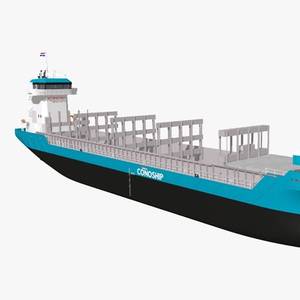
On October 28, 2025 U.S. Senator Dan Sullivan (R-Alaska), Chairman of the Senate Committee on Commerce, Science, and Transportation’s Subcommittee on Coast Guard, Maritime, and Fisheries, convened the Senate hearing “Sea Change: Reviving Commercial Shipbuilding”. This hearing examined how to modernize and accelerate U.S.

We are well into the discussions advising shipbuilders and operators how the U.S. will create a renaissance of the maritime industry. Federal Legislation, Executive Orders, and new foreign partnerships driving the promise of commercial competitiveness with the leading global shipbuilders. Most of the shipbuilding rhetoric indicates the domestic markets will be left to survive on their own.

With all the Legislative fanfare, Executive Orders, Committee meetings, lobbying efforts and media announcements concerning American Shipbuilding, Naval Warfare and Maritime Dominance, it is no surprise that the result of the uproar is shear confusion within the maritime industrial base (MIB).

Deep-sea mining firm The Metals Co asked the Trump administration on Tuesday to approve its plans to mine the international seabed, making it the first such company to seek the government's permission to operate outside U.S. territorial waters.Last week President Donald Trump signed an order aiming to jumpstart mining in both domestic and international waters in an attempt to boost U.S.

U.S. President Donald Trump has signed an executive order aimed at ‘restoring American maritime dominance’ through the revival of domestic shipbuilding industry and weakening China’s grasp on the global shipping market.The Order directs the creation of a Maritime Action Plan (MAP) to revitalize U.S.

With your first steps as a cadet onto the Maritime Academy campus, your first union dues payment or first line thrown ashore from the tug, you are lectured on the importance of the “Jones Act”. A constant reminder throughout a US Seafarer’s career of commitment, loyalty and support for the legislation.
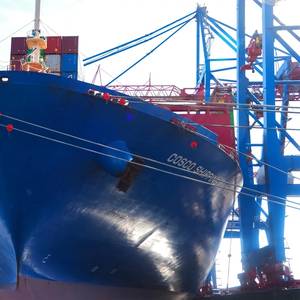
A Trump administration proposal aimed at reviving the U.S. shipbuilding industry may backfire by imposing steep fees on China-linked vessels—penalties that industry leaders say would hurt American ship operators and ports rather than help them, industry executives said at U.S. Trade Representative hearings on Monday.
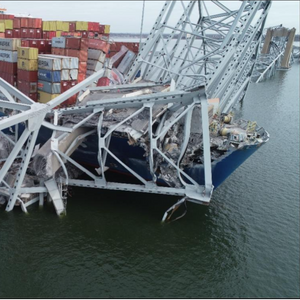
The U.S. National Transportation Safety Board (NTSB) has recommended that 30 owners of 68 bridges across 19 states conduct a vulnerability assessment to determine the risk of bridge collapse from a vessel collision.The recommendation comes as part of the ongoing investigation into the collapse of the Francis Scott Key Bridge in Baltimore.
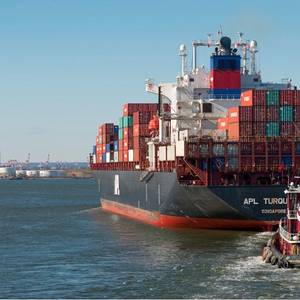
CMA CGM Group has announced a $20 billion investment to contribute to U.S. maritime economy and support the transformation of America’s domestic supply chain over the next four years.The announcement builds on CMA CGM Group’s 35-year presence in the U.S. Today, the Group operates in 40 states and employs 15,000 Americans. As a leading partner in U.S.
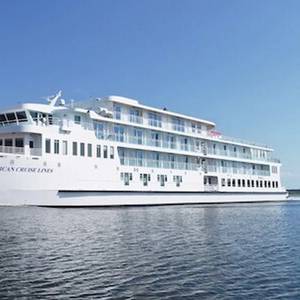
The domestic passenger vessel answers the call for cleaner and more efficient platforms. It is truly an electric time to be a part of this niche industry.In the shadow of a rapidly changing political landscape, the domestic passenger ferry sector is nevertheless seeing an increasing number of newbuild vessel orders.
The bipartisan, bicameral bill will fuel U.S. economy, strengthen national security by responding to China’s threat over the oceans. Currently, the number of U.S.-flagged vessels in international commerce is 80; China has 5,500.Today, Senator Mark Kelly (D-AZ), Senator Todd Young (R-IN), Representative John Garamendi (D-CA-8)

Each year, as we prepare for the largest U.S. based maritime industry conference in New Orleans, we tend to look back on the state of the industry and initiatives that were announced from the conference that took place the year before. 2023 provided us with plenty to talk about. In September of 2023